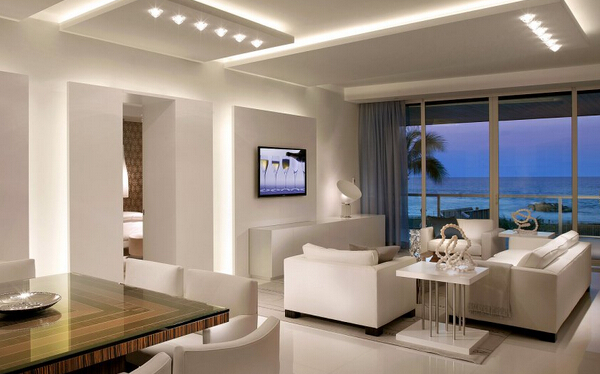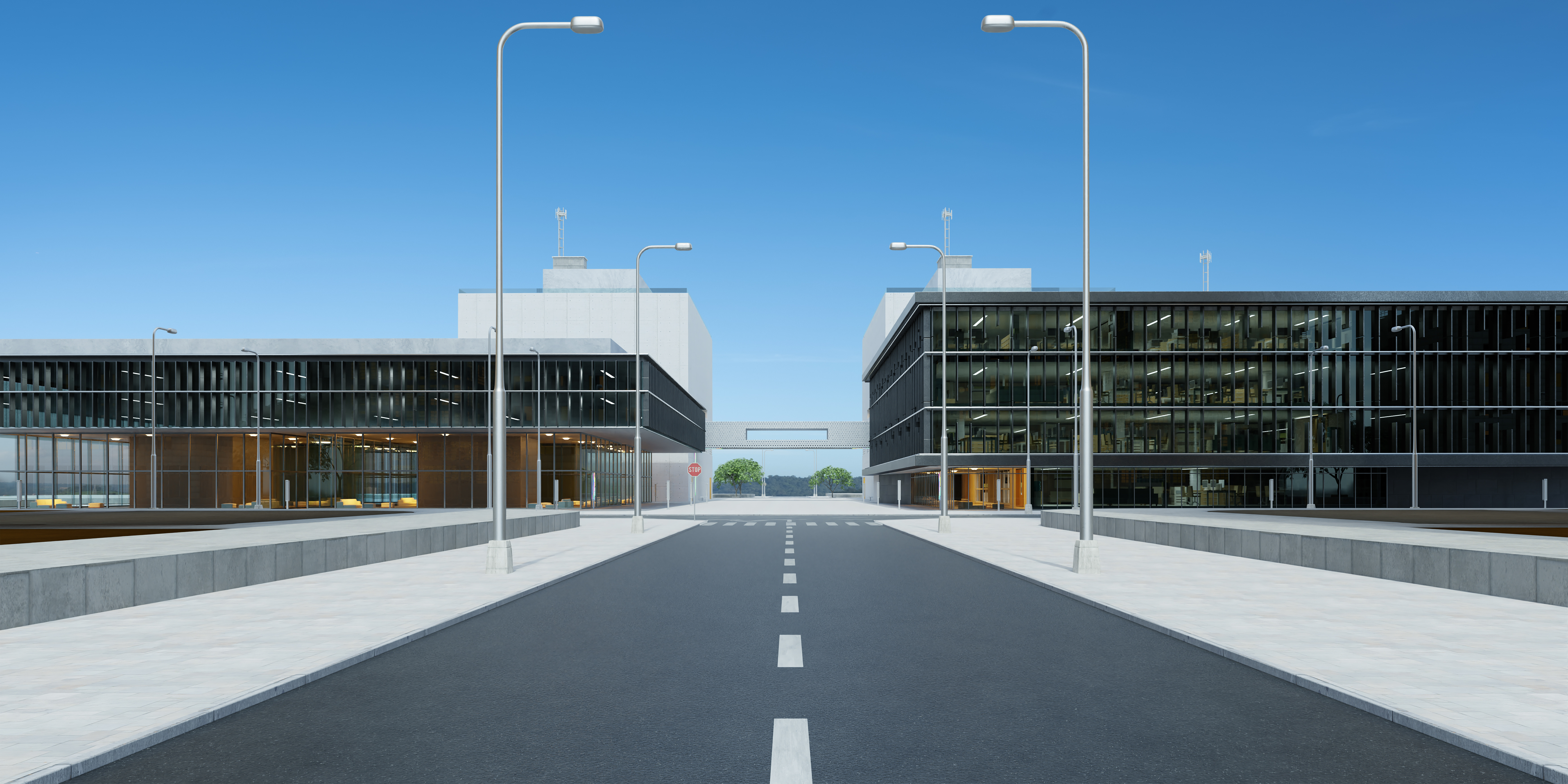Let There Be (High Quality, High Functionality, Low Cost) Light
Light is far more complicated than you think. Color, illumination levels, directionality, cost and heat dissipation are just some of the parameters that lighting manufacturers and designers consider when building their products. A lamp for retail is vastly different than a security light for a warehouse. Most consumers and businesses look at light bulbs and see a commodity. Instead, they are really looking at a thousand different engineering and technological choices.
Our mission at Bridgelux is to create technologies that optimize the performance, quality and versatility of solid-state lighting systems. We look at lighting as a system and have developed a spectrum of LED technology, applications expertise and design insight to enable our customers to meet specific goals for quality of light, thermal management, cost and efficiency while reducing time-to-market, tooling costs, operating expenses and independent R&D. We like to think we are laying a foundation for a new industry.
Vero, our chip-on-board optical and packaging system for LEDs, for instance, let manufacturers safely double the operating electrical current of LEDs. The net effect is that Vero-based products generate 12 to 20% more light with the same number of LEDs as standard lamps and light fixtures, reducing costs and permitting manufacturers to more easily tailor products for specific applications. Vero has been a success—it’s our fastest growing product line to date—we’ve created over 40 different models to fit different segments of the market. You can produce everything from streetlights to retail track lighting and residential bulbs with Vero.
Vero is also modular: manufacturers can effectively design a wide spectrum of offerings from a simplified core of drivers and other components that can be wired through clickable connectors. With Vero, inventories are streamlined, customers can upgrade fixtures already in place without retrofitting rooms. If you’ve ever changed lighting systems, you know this is a big deal. Other derivative products like the V Series are perfect for cost-sensitive, sub s1000 lumen applications like sub 1000 lumen applications such as PAR lamps, MR-16 lamps, small aperture down lights, landscape spots and security lights, track lights, spots, and accent lights.
Galium-on-Silicon technology, developed by Bridgelux in collaboration with Toshiba, reduces the cost of manufacturing light emitting diodes, the semiconductor that generates light in solid state lamps and light fixtures, by 75 percent. GaN-on-Silicon will also dramatically expand the available manufacturing footprint for solid state lighting: with this technology, LEDs can be produced in almost any fabrication facility in the world.
We’ve also come up with ideas to change the business model of lighting. Chevron Energy Solutions and Bridgelux have even developed a financing program that lets cities pay for new streetlights through their savings, reducing out-of-pocket expenses to zero.
Thousands of products based around our technology have already been brought to market. We collaborate with independent lighting designers and multinational manufacturers. European designer Licht + Design uses Bridgelux technologies in all of its food lighting products. High-end retailer Martini has adopted Bridgelux LED products for over 100 stores.
Solid state lighting will be one of technology’s strongest growth markets over the next thirty years. McKinsey & Co. estimates that worldwide revenue for LEDs in general lighting will grow from approximately $6.5 billion in 2011 to over $75 billion by 2020. The market share for LEDs in lighting will expand from approximately 10% today to 45% percent in 2016 and 70% by 2020, a growth rate similar to those seen in digital cameras and flat-screen TVs during the previous decade.
Part of it will be driven by the tremendous savings in terms of energy and money that can be achieved through the technology. But it will also be driven by the “other” benefits. Hotels and restaurants now regularly state that brilliant, high-quality lighting helps drive customer satisfaction and sales. Light therapy for migraines and other health problems will expand. Lighting will be one of the key players in the Internet of Things.
The future looks bright.


